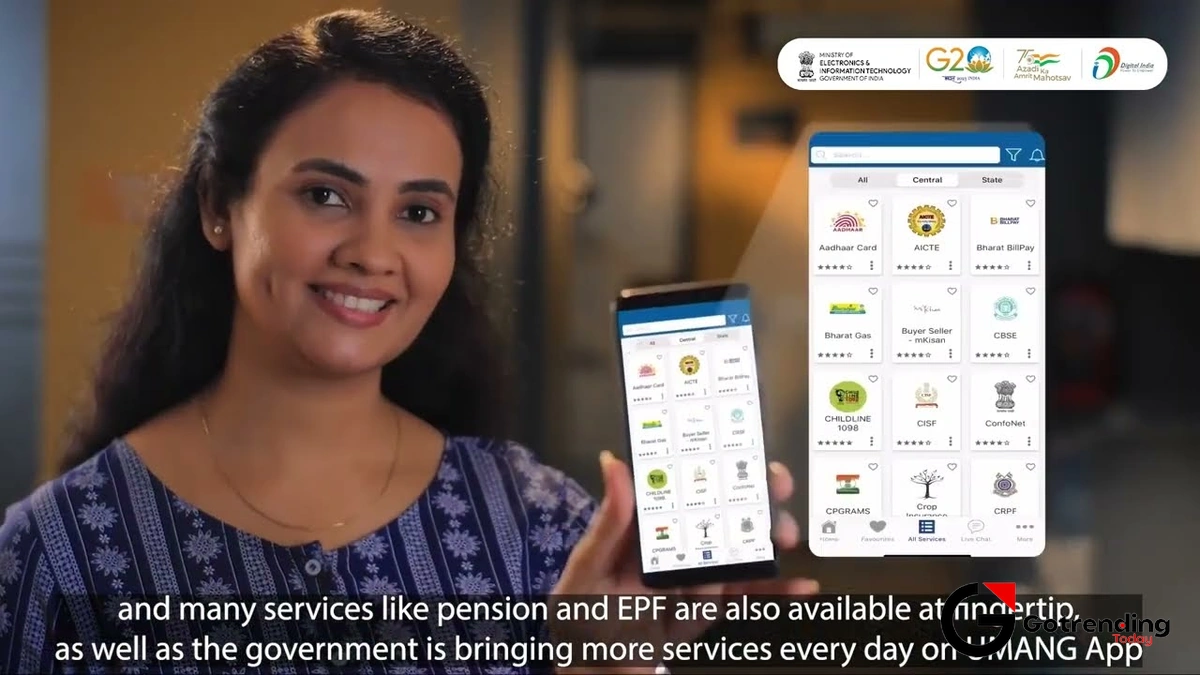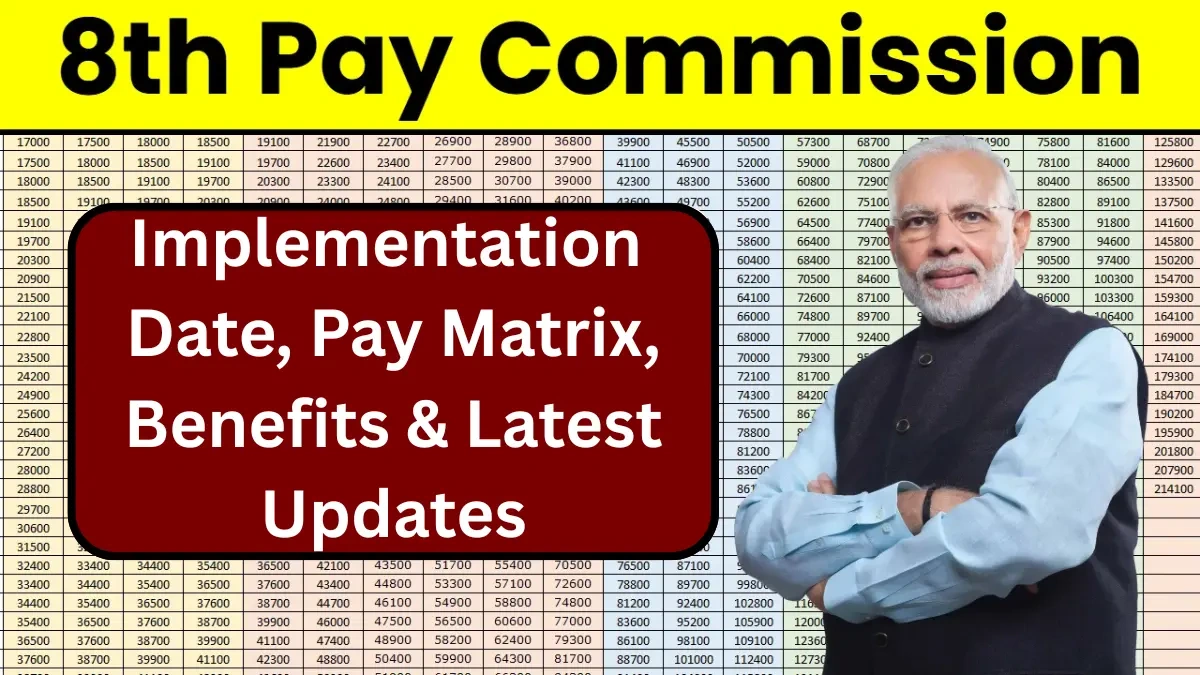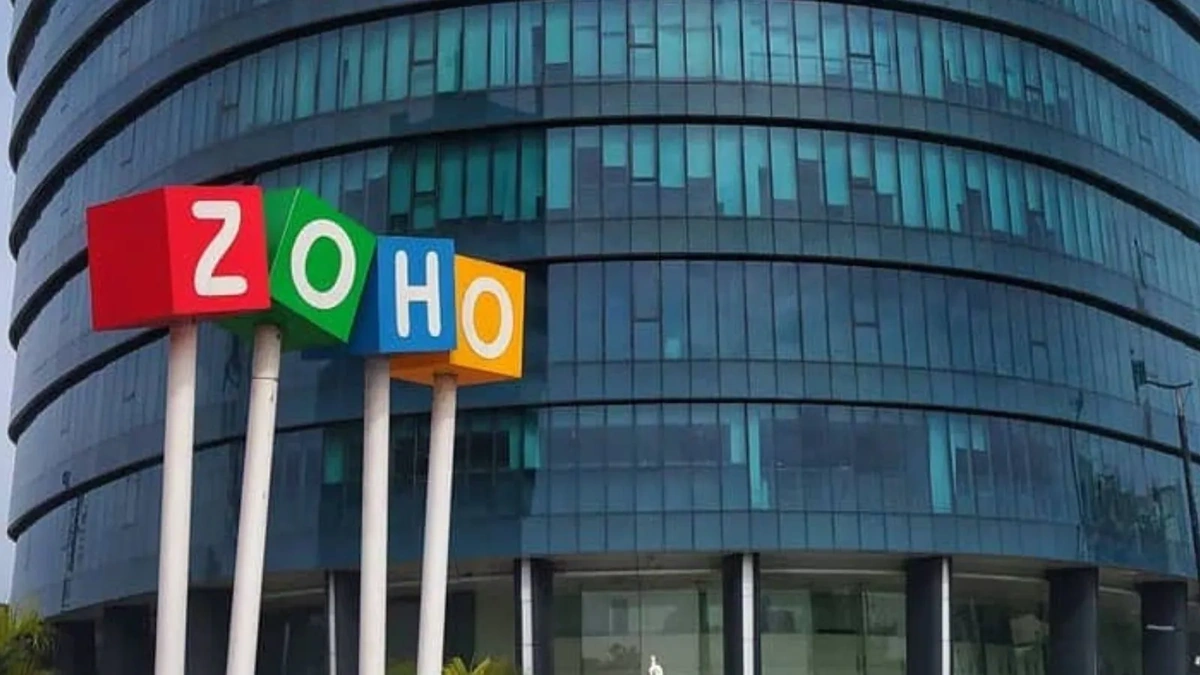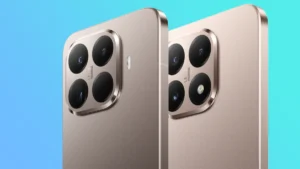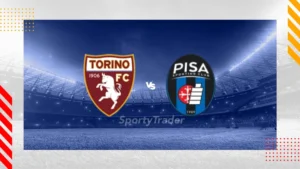The UMANG App Isn’t Just an App—It’s Your Government in a Pocket. Here’s Why It Actually Matters.
Let’s be honest for a second. Think about the last time you had to deal with a government service. Did it fill you with a sense of calm, efficient joy? Or did it involve three different websites that looked like they were designed in 1998, a forgotten password, and a vague feeling of wanting to throw your laptop out the window?
Yeah, I thought so. We’ve all been there.
For decades, “government services” in India meant long queues, confusing paperwork, and a system that felt intentionally complicated. Then came the internet, which was supposed to fix everything. Instead, we got a hundred different portals, each with its own login and logic. It was chaos, just digitized.
But what if I told you there’s a quiet revolution happening right on your smartphone? It’s called the UMANG app , and while you might have heard of it, I’m willing to bet you haven’t grasped its true significance. This isn’t just another app vying for space next to your food delivery and social media icons. This is something far more profound.
What fascinates me is that the UMANG app is one of the boldest attempts to fundamentally rewire the relationship between the Indian citizen and the state. And it’s hiding in plain sight.
So, What Exactly Is the UMANG App (And Why You Should Genuinely Care)?
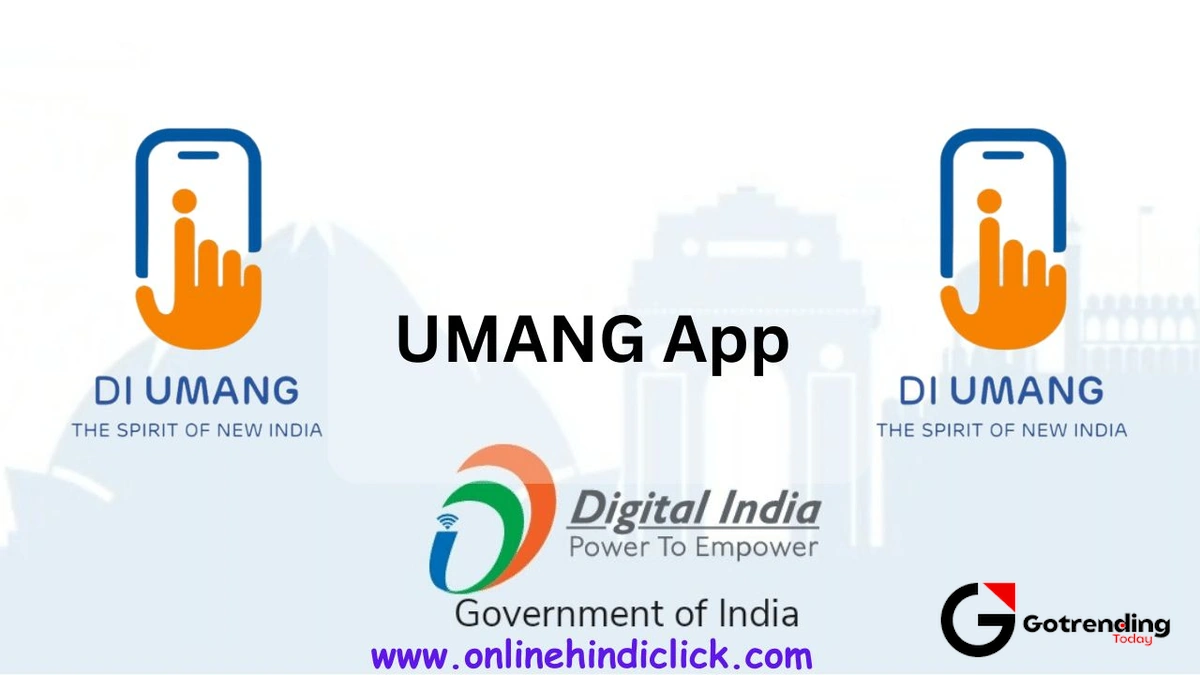
On the surface, it’s simple. UMANG stands for U nified M obile A pplication for N ew-age G overnance. The name itself is a mouthful of ‘sarkari’ jargon, but the idea behind it is pure genius.
Think of it as a master key. Instead of needing a separate key (or app, or website login) for every single government door, UMANG aims to be the one key that opens them all. It’s a single platform developed by the Ministry of Electronics and Information Technology (MeitY) to bring central, state, and even local municipal services under one digital roof. You can find everything from your Employees’ Provident Fund (EPF) statement and your gas cylinder booking to your DigiLocker documents and CBSE results.
So, instead of navigating the clunky EPFO website, you can check your PF balance right inside the umang app . Instead of downloading a separate app to access your digital driving license, you can pull it up from the integrated DigiLocker on UMANG . It’s a super-app for governance.
But convenience is just the trailer. The main movie is far more interesting.
Beyond Convenience | The Real Superpower of UMANG
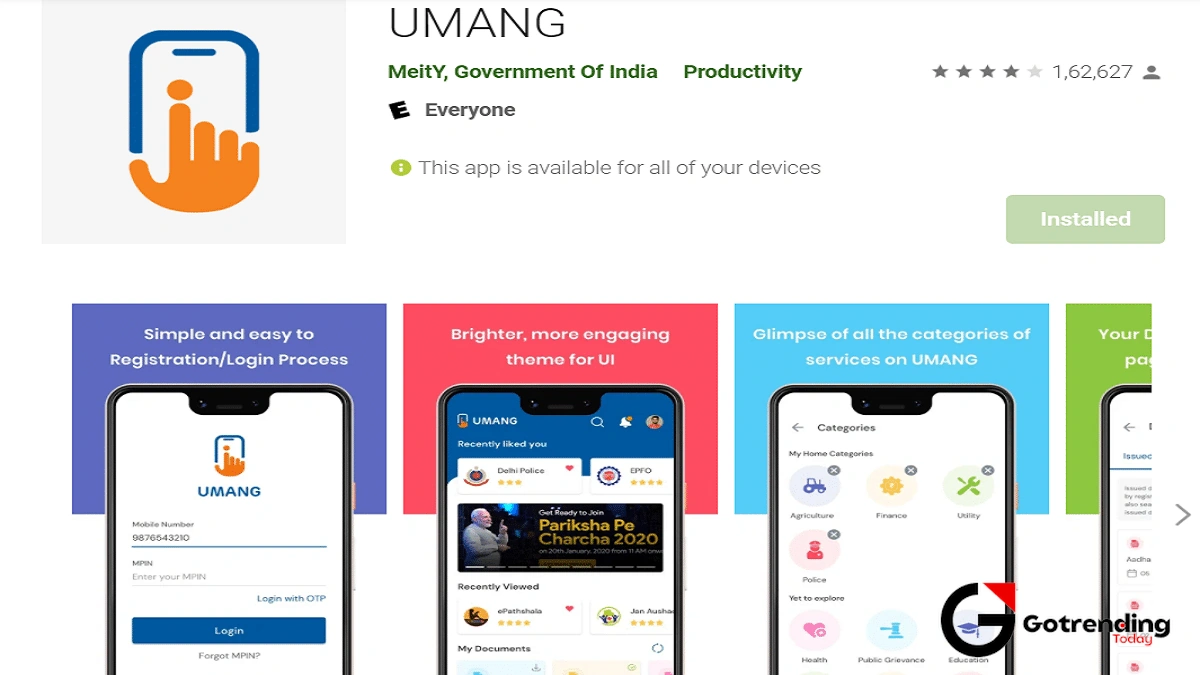
I initially thought this was just about making life easier. And it does. But the more I explored the app and what it represents, the more I realized its true impact goes much deeper. This is about changing the very structure of how governance works.
Here’s the thing. The real superpower of UMANG isn’t just that it saves you time. It’s about three core things:
- Radical Accessibility: For millions of Indians, their smartphone is their only computer. They may not have a laptop or a reliable broadband connection at home, but they have a 4G-enabled phone. By putting critical services on a mobile app, the government is meeting people where they are. This leapfrogs the entire desktop-era of e-governance and makes services accessible to a student in a small town, a farmer in a village, or a gig worker in a metro. It’s digital inclusion in its most practical form.
- Smashing Silos: This is the big one. Government departments are notorious for operating in their own little bubbles, or “silos.” The Health Ministry doesn’t talk to the Transport Ministry, which doesn’t talk to the Education Ministry. UMANG forces them, often for the first time, to exist and function on a common platform. It compels them to standardize their APIs (the technical language apps use to talk to each other) and present their services in a unified way. This is a massive, behind-the-scenes bureaucratic shift that we, as users, get to benefit from.
- Transparency by Default: When you apply for something or check a status through UMANG, it creates a digital trail. It’s logged. It’s tracked. This introduces a level of accountability that is often missing in a paper-based system. Want to know your PF claim status? It’s right there. Need to download your vaccination certificate? Done. It reduces the “come back tomorrow” culture and makes processes more transparent. It’s also a big step in understanding your personal finances, much like getting a handle on the Nifty explained helps you understand the market.
The umang app services list is constantly growing, turning it from a simple utility into a comprehensive dashboard for your life as an Indian citizen.
The Good, The Bad, and The Glitchy | An Honest Look at UMANG
Now, is it a flawless digital utopia? Let’s be real no. It’s a government app, and it comes with its own set of quirks. A common mistake I see people make is expecting every single service to work perfectly 100% of the time.
The Good is genuinely great. Services like checking your EPF on UMANG are incredibly smooth and are, frankly, a game-changer for salaried employees. The DigiLocker integration is seamless having your Aadhaar, PAN card, and driving license available digitally in one app is liberating. Paying utility bills, applying for a PAN card, or checking agricultural scheme details are all massive wins.
The Bad and The Glitchy are also real. Some services, especially at the state level, can be less reliable. You might find a service that links out to a poorly optimized website, defeating the purpose of the app. I’ve seen occasional login issues or the app feeling a bit sluggish during peak hours. It’s a work in progress, and sometimes navigating its complexities can feel like you’re trying to untangle a web of misinformation, not unlike the saga surrounding the Pakistan oil reserves myth . You have to be patient.
But here’s my take: even with its flaws, the existence and ambition of the UMANG app are what matter. It’s a statement of intent fromDigital Indiathat governance should be citizen-centric, mobile-first, and unified.
Frequently Asked Questions (The Stuff You Really Want to Know)
Is the UMANG app safe to use?
Yes, it’s generally considered safe. It uses standard security measures for authentication (like OTPs) and data protection. Since it’s an official government app, it’s held to a high standard. However, as with any app, make sure you download it from the official Google Play Store or Apple App Store.
Do I need a different login for each service inside UMANG?
No, and that’s the beauty of it! You create one UMANG account. For some specific services (like EPF or DigiLocker), you may need to do a one-time link using your UAN or Aadhaar number, but after that, you access them through your single UMANG login.
What if I forgot my Application Number for a service?
Many services within UMANG, like those managed by the NTA or other bodies, have a “Forgot Application Number” link right on their specific page inside the app. It usually allows you to retrieve it using your personal details like name, date of birth, and registered mobile number.
What if a service isn’t working on the app?
This happens. First, check if the app needs an update. If it’s still not working, it might be a temporary issue with the backend department’s server. You can try again later or check the department’s official website. UMANG also has a helpdesk and grievance redressal mechanism.
Can I really access everything from this one app?
Not yet. While the umang app services list is impressive and covers over a thousand services from hundreds of departments, it’s not exhaustive. The goal is to onboard more and more services over time. Think of it as an ever-expanding mall for government services.
Is there a charge for using the UMANG app?
The umang app download and its use are completely free. However, some specific services you apply for through the app (like applying for a new PAN card) may have their own statutory government fees, which you would pay through the app’s secure payment gateway.
So, where does that leave us? Should you download it?
Absolutely. Don’t just download it explore it. Go to the official website at umang.gov.in or your app store. Set it up. Link your Aadhaar and DigiLocker. Spend 15 minutes just browsing the service directory. You will be surprised by what you find.
The UMANG app is more than just code. It’s a promise. A promise that the power is shifting, slowly but surely, from the dusty file in a remote office to the glass screen in your hand. It’s messy, it’s imperfect, but it’s one of the most important digital experiments happening in India today. And it’s a sign that the future of governance might just be a single tap away.
